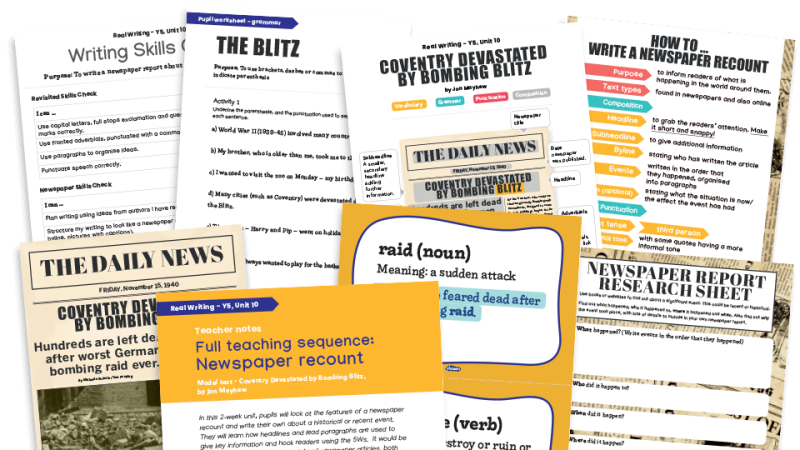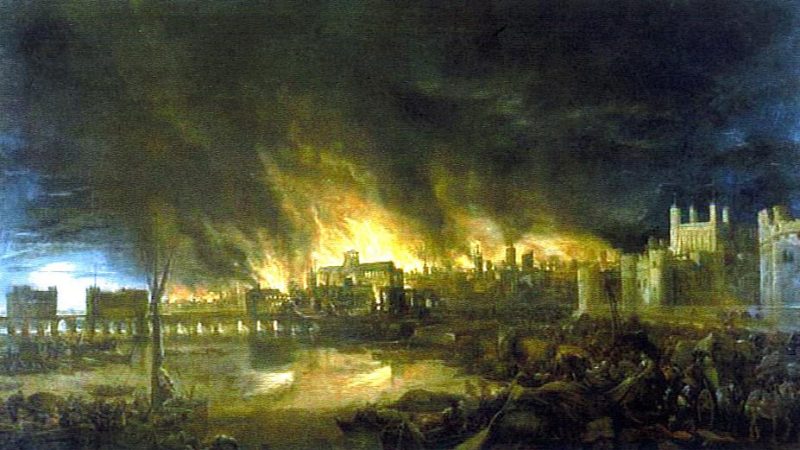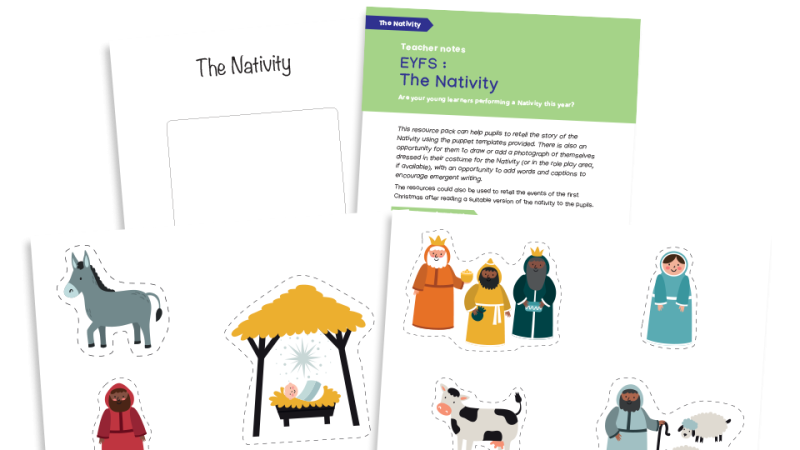Local history – Boost enquiry skills and the use of sources for KS1 children

A local history topic is an effective vehicle for developing KS1 pupils’ skills related to enquiry and the use of sources, says Bev Forrest…
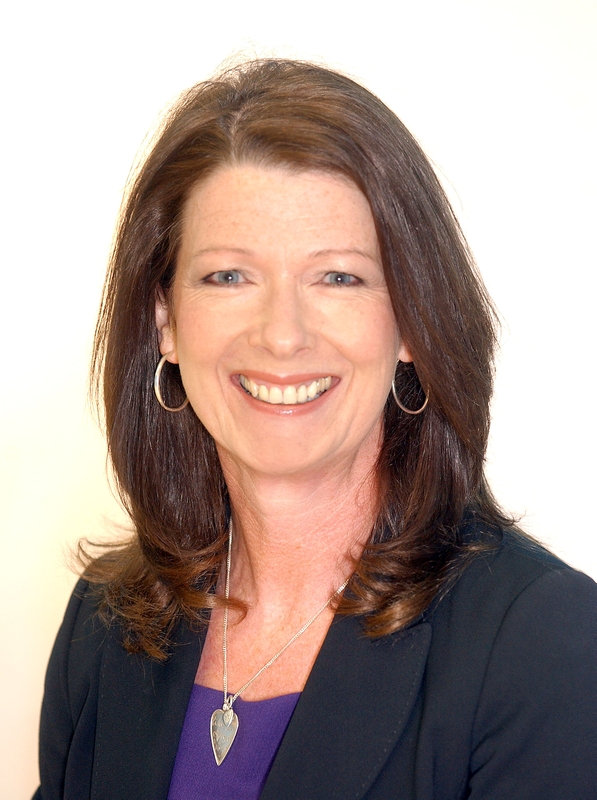
- by Bev Forrest
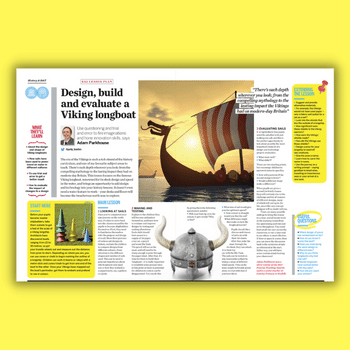
A comment I hear all too often from history subject leads is: “I don’t know where to start – there is no local history around my school and certainly none I can use with pupils in KS1”.
Too often teachers can’t see beyond the absence of the big stuff in history. They need to take a moment to reconsider and discover that some of the most meaningful local history is that found on a smaller scale and closer to home.
On a recent school visit in Sutton in North Yorkshire I was struck by the broad range of opportunities for KS1 pupils within walking distance.
While the school and neighbouring Victorian houses would provide a wonderful project, the local park offers an even more engaging learning opportunity for KS1 pupils.
It was opened in 1912 on land bequeathed to the people of the village by two wealthy local mill owners.
A further area was added to the park in memory of the men who had returned from the Great War. A memorial remembering those who failed to return is also sited within the park.
There are many features of the original park still remaining, including the bowling and putting greens and a wonderful promenade.
Through an engaging enquiry question, the pupils could set out to discover, was our park a more fun place to play in the past than it is today?
Following an initial walk around the park looking at existing features, the pupils could discover changes made to the park through investigating the archive of old photographs.
Interviews with local residents would provide further opportunities to compare the area then and now. They may even uncover some contradictory evidence and begin to puzzle why this may have occurred.
Approaches for local history at KS1
A local history topic is a great vehicle for developing KS1 pupils’ skills and understanding of concepts in many areas but particularly those related to historical enquiry and the use of sources.
The local environment itself, photographs and oral history are undoubtedly the most easily accessible and popular ways for developing these areas with this age group.
Just focusing on one local building and its change of use can be covered in this way. An example of one such building is a mosque in Small Heath, Birmingham, which had formerly been the municipal swimming pool.
Subject leader Stuart Boydell (see box) believes teachers often underestimate KS1 pupils’ capabilities to engage with more challenging source material.
He works with local archivists to introduce his pupils to both primary and secondary source material including maps, newspapers and census returns.
Often, teachers think the complex and unfamiliar vocabulary will be too difficult and prevent pupils from engaging with the topic.
Yet he and others have found that pupils delight in using unfamiliar words. Also don’t be afraid to edit documents if you feel this will make them more accessible to your pupils.
Stuart Boydell’s case study
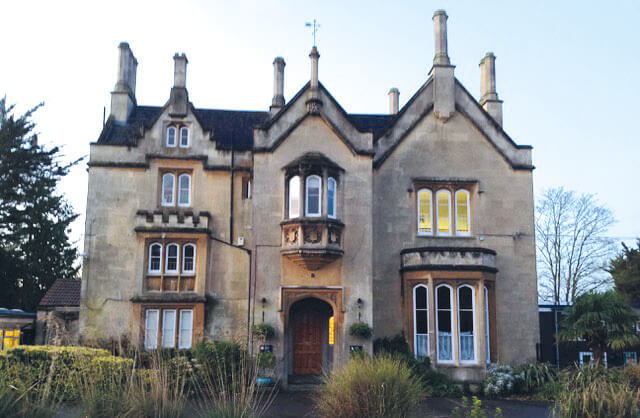
My Y2 pupils at King Edward’s School in Bath investigate local history through a study of their school building. They embark on a mission to discover if the building dates from the Victorian era.
Armed with iPads the children explore the building and grounds, taking photos of any clues they think could help them to date the building. They compare their evidence with that found in books and by researching the internet.
At this point one of the more able pupils usually suggests that the building could be Georgian (it is Bath!) with Victorian features added later.
We ask a Bath city archivist to help us by examining original local maps from the 18th century to mid-19th century. The children pour over them trying to see where the house is listed. It appears in the mid-1800s as The Retreat.
Armed with the name of the house, the children are shown a local almanac from 1900 and the 1901 census return to find the owner’s name.
This information then goes with the children to our local church where they discover plaques that suggest the family was quite notable locally.
This leads to further research on the family name, where the children discover that the first little boy to live in the house in the 1860s grew up to become a rear admiral and escorted the Kaiser to Queen Victoria’s state funeral.
Bev Forrest is chair of the Historical Association Primary Committee and a national HA Quality Mark assessor.






